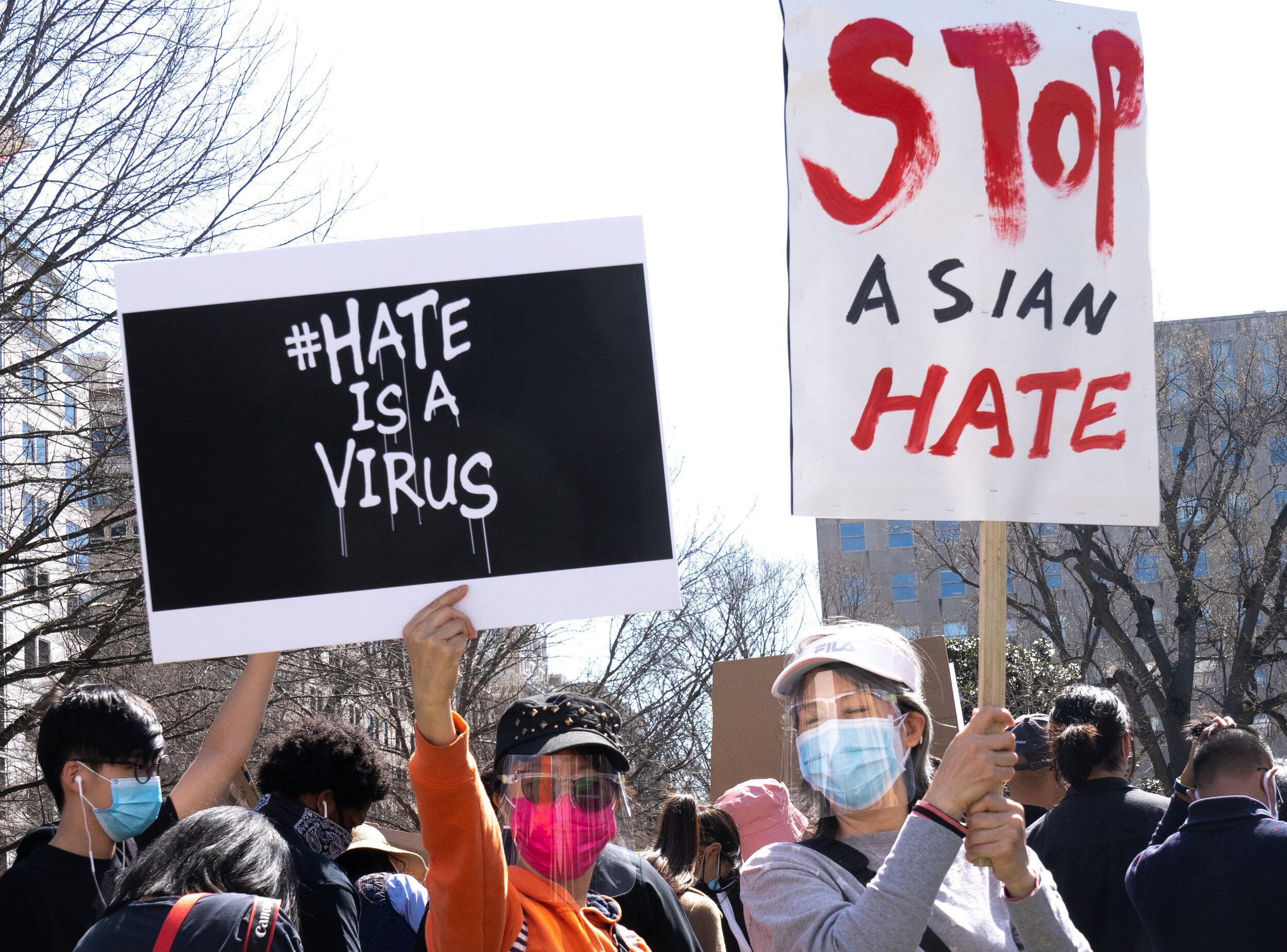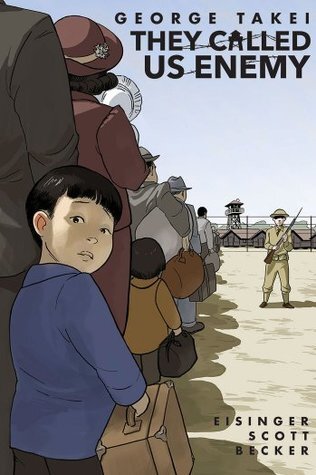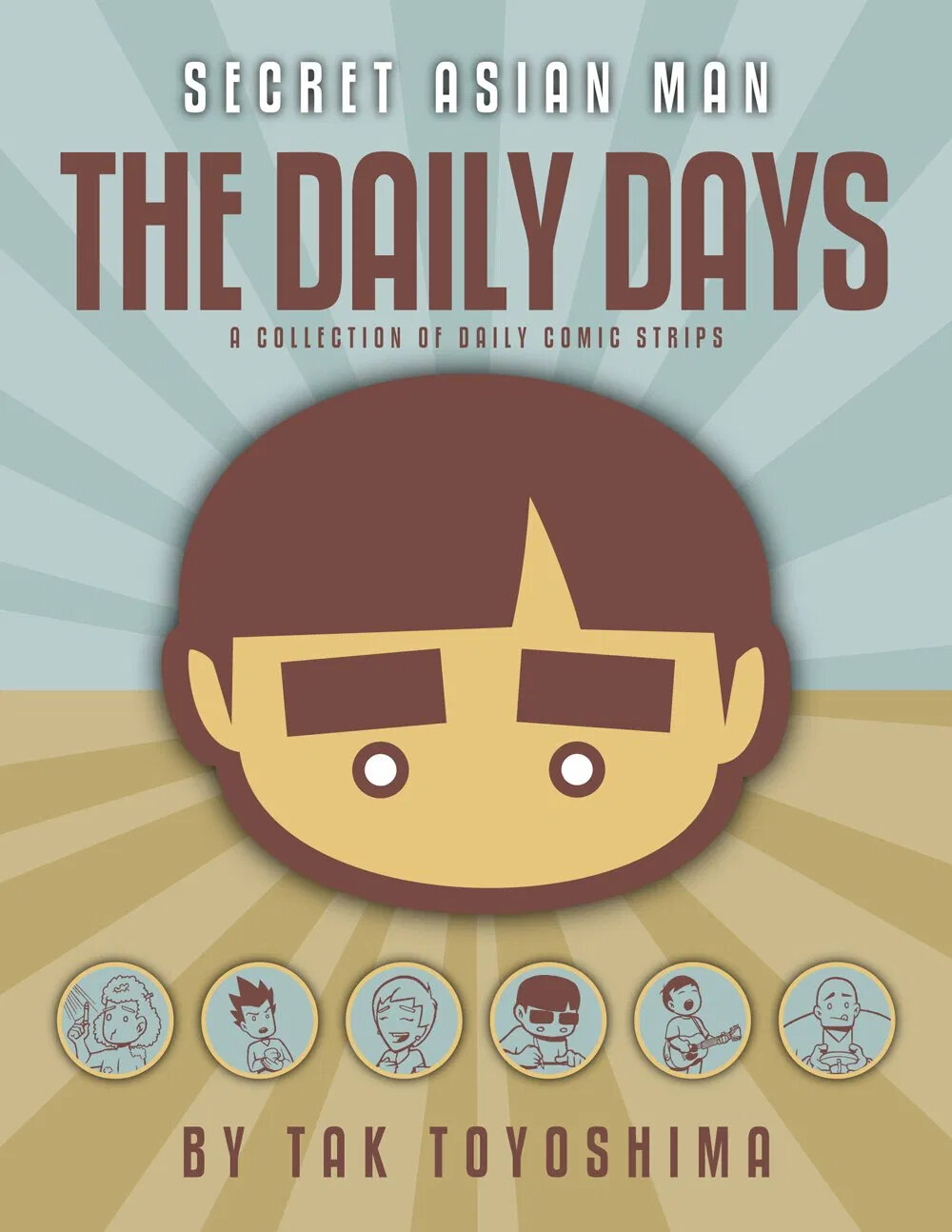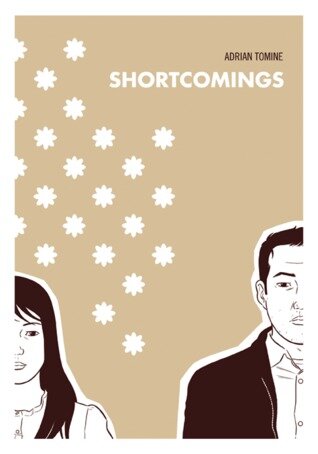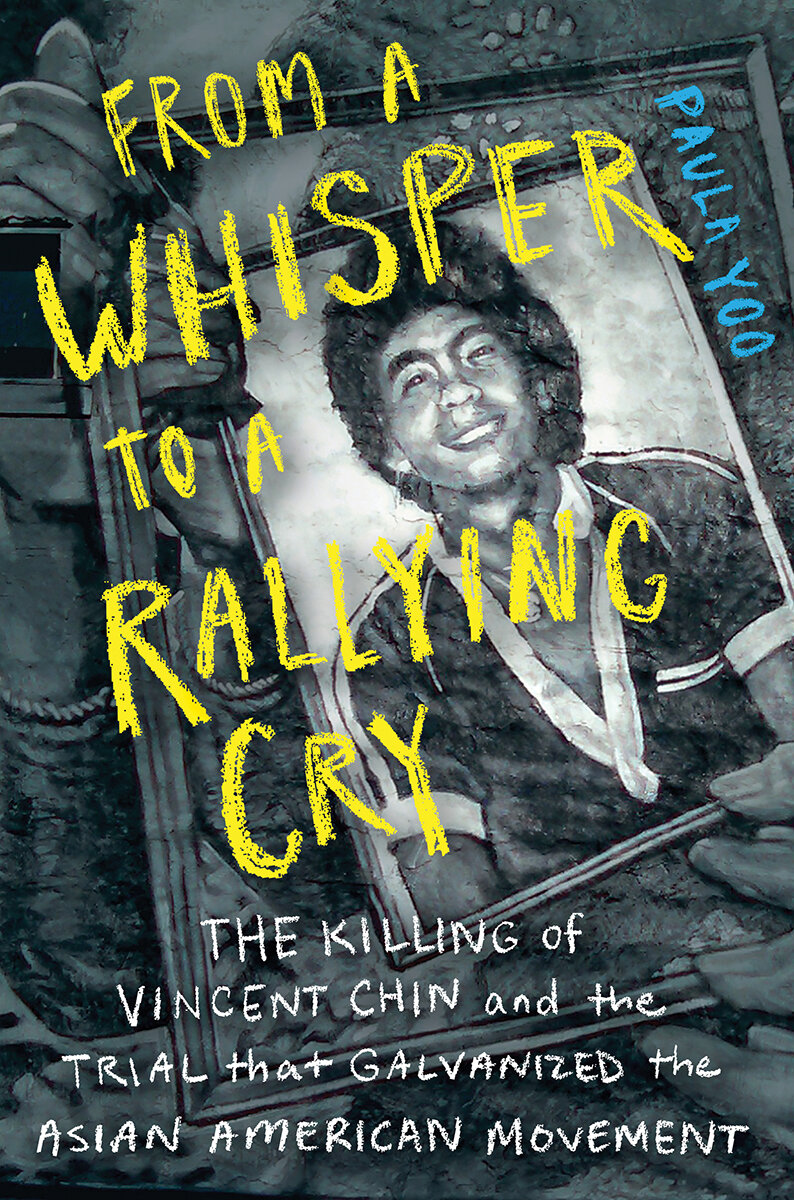Nationwide Protests to Support Asian Americans & Stop the Violence
Demonstrations took place around the United States, calling for an end to anti-Asian violence. Deadly shootings in March killed eight people—six of them Asian women—prompting even greater outcry about ongoing attacks against the AAPI community. Women of color legislators have been the most forceful and active in speaking out on the rising violence. The House Judiciary Subcommittee on the Constitution, Civil Rights and Civil Liberties also hosted a hearing on the issue.
The shootings are only the latest in a much longer history of violent acts against Asians in the United States: during the 1800s, “hundreds of forgotten riots, purges and lynchings...left thousands dead, wounded or displaced.” The attacks were coupled with political marginalization, including the 1875 Page Act that allowed officials to bar women from “China, Japan or any Oriental country” by suggesting they were engaging in prostitution. The 1882 Chinese Exclusion Act and later laws explicitly discriminated against immigrants from Asia, based on national origin. In response to this persecution, Asian Americans engaged in “boycotts, petitions, lawsuits and demands for reparations.”
Today in 2021, researchers are scrambling to document the rise in anti-Asian violence during the pandemic, which has reached at least 3,800 reported incidents, according to the Stop AAPI Hate coalition. A similar rise in attacks against Asians is occurring in Canada.
Hitting close to home, Stanford alumna Oranicha Jumreornvong, Human Biology ‘17, writes in The Lily about being spat at and physically attacked in New York. SAPAAC Advocacy & Education Chair Crystal Zheng, Biology & East Asian Studies ‘10, M.A. East Asian Studies ‘11 shares her experience enduring taunts of “coronavirus” in the streets of New Orleans, where she works as a doctor.
Representation in Politics, Media & History Education
Dr. Vivek Murthy, an Indian American physician, will return as Surgeon General, a post he previously held under President Barack Obama. Taiwanese American politician Andrew Yang, a former presidential candidate in 2020, is considered a frontrunner in the New York mayoral race.
Thai American Sen. Tammy Duckworth and Japanese American Sen. Mazie Hirono expressed frustration over the lack of AAPI representation in the executive branch. They threatened to block future Biden nominees until this problem is addressed, suggesting the administration’s response has been too slow. The White House quickly affirmed the issue would henceforth be a priority and that a “senior level Asian American Pacific Islander liaison” would be appointed.
Nielsen explores the role of media in anti-Asian bias, while highlighting the very limited number of roles for AAPI actors. East Asian and South Asian representation has been improving, especially on streaming services, and is a welcome step forward, but not a panacea for deeper issues of structural racism.
Prof. Michael Eric Dyson, a scholar of African American and Diaspora Studies at Vanderbilt University, critiques how “Asian American history is often footnoted or compartmentalized...as a subplot” in the story of America. Writing in The Washington Post, he asks, “Why don’t we treat Asian American history the way we treat Black history?” instead of exclusively focusing on a “Black-White binary,” and suggests that as a nation, “until we do, we can’t reckon fully with tragedies like [the mass shootings in] Atlanta.”
Many K-12 educators are also deeply concerned that Asian American history is missing from the classroom. In Time Magazine, a number of them share their struggles to reverse the “invisibility” of Asian Americans in the curriculum and to fill the knowledge gap.
Dialogues on Hawaiian Sovereignty
Native Hawaiians are engaging in renewed debate about the pros and cons of U.S. federal government recognition of Hawaiian sovereignty. Since the violent overthrow of the Kingdom of Hawaii by American troops in 1893, its status has been in dispute. A century later, President Bill Clinton signed legislation that apologized for the annexation, but did not grant Native Hawaiians official status equivalent to that of Native Americans.
Books by and about Asian Americans
The Washington Post recommends four graphic novels that explain discrimination against Asian Americans through personal lenses in different historical eras: “The Best We Could Do” by Thi Bui (2017), “They Called Us Enemy” by George Takei, Justin Eisinger, Steven Scott and artist Harmony Becker (2019), “Secret Asian Man: The Daily Days” by Tak Toyoshima (2009) and “Shortcomings” by Adrian Tomine (2007).
Paula Yoo has written a book for young adults “From a Whisper to a Rallying Cry: The Killing of Vincent Chin and the Trial that Galvanized the Asian American Movement.” In 1982, Vincent Chin, a Chinese American, was killed by two disgruntled White American workers, who were angry about competition from Japanese auto companies. The perpetrators were initially only fined, leading to Asian Americans organizing nationwide in protest. The killers later still escaped justice in federal trials, but the incident and its infuriating aftermath spurred a generation of Asian Americans to stand up, struggle for their human rights, and push back against discrimination.
E-mail khsu@alumni.stanford.edu with ideas for Advocacy & Education updates.

